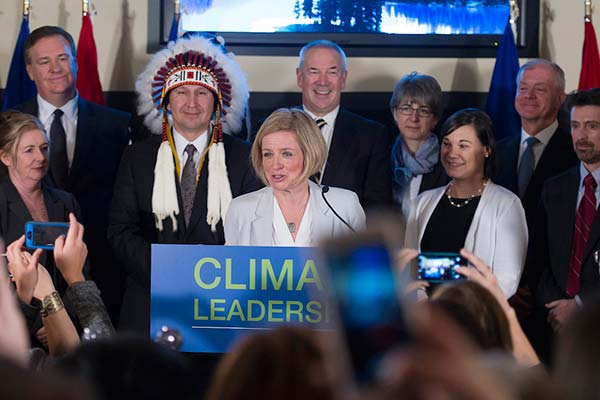A typical characteristic of indigenous communities around the world is their physical and spiritual communion with the land and natural resources. Their understanding of the environment and the know-how sustainable use of the natural resources within it is based on ancestral knowledge and inherently ingrained in their lifestyles.
That is until it got disrupted by western civilization.
A symbiotic fusion of indigenous and western knowledge wasn’t and is not necessarily the norm. The collision of interests driven on one side by a need to create economic wealth, and on the other side by attempting to maintain and preserve natural space has more than often pushed indigenous communities to the brink of collapse.
It is this deeply rooted relationship between the land and culture that makes the effects of climate change being felt first-hand by them.
Yes, climate change affects everyone, but the most vulnerable are not necessarily the city dwellers but the ones whose livelihood depends directly on the land on which they live, and depend on for food.
The Alberta’s approach to tackling climate change by placing indigenous communities at the forefront of the discussion is unique.
This approach consists on an already ongoing ambitious plan for greening the economy by implementing renewable energy across the province. Hence a transition to a more diversified and cleaner energy matrix, all of which is well framed within the province’s Climate Leadership Plan.
Now, what is remarkable is how immersed indigenous communities will be in this plan.
What has been done so far and what is envisioned in the Alberta’s Climate Leadership Plan with regards Indigenous Communities?
Two years into the implementation of the province’s Climate Leadership Plan, indigenous communities have been involved in developing micro-generation projects as well as the training of community members for working in renewable energy related jobs.
These micro-generation projects are only a component of an ambitious plan for including such communities within the overall strategy of greening the economy and help in the effort of climate change mitigation – whilst cleaning the air and promoting environmental due-diligence.
The one portion of the plan that will significantly enhance indigenous communities’ role in the Climate Action agenda, is their participation in the Alberta’s Renewable Electricity Program and being actively involved in the upcoming second bidding round slated for later in the year.
*Note that the first round saw the successful auctioning of 600 megawatts of renewable electricity.
According to a recent press release by the Government of Alberta, the next phase of the Renewable Electricity Program will see companies partner with Indigenous communities to provide 300 megawatts of renewable power. Each bid will have a minimum Indigenous equity component, which can include an ownership stake in the project or land use agreement between the company and the community.
With that said, the importance that the Government of Alberta has given to the continued collaborative dialogue with indigenous leaders on how best to support long-term engagement in the Climate Action agenda in the Renewable Electricity Program and the overall electricity sector is clear.
The above doesn’t go without mentioning the ongoing Indigenous Climate Leadership programs aimed to promote energy efficiency and adoption of clean energy – and transition remote communities off diesel-, which have been tailored to serve and help indigenous communities across Alberta by creating jobs and generating economic, environmental and social benefits.
Here is a list of these such programs:
– AICCP – Alberta Indigenous Climate Capacity Program
– AICEP – Alberta Indigenous Community Energy Program *Energy Efficiency
– AICPP – Alberta Indigenous Climate Planning Program
– AlEERP – Alberta Indigenous Energy Efficiency (Retrofit) Program
– AIGEDP – Alberta Indigenous Green Energy Development Program
– AIGEP – Alberta Indigenous Green Employment Program
– AISP – Alberta Indigenous Solar Program
It is apparent that the made-in-Alberta’s Climate Leadership plan is starting to produce results, as it is stirring investment beyond fossil fuels, in this case, in the generation of renewable energy. Hence helping in the challenging task of diversifying the economy and making it more resilient to the volatile nature of commodities, whilst also helping to mitigate climate change.
The uniqueness of the inclusion of indigenous communities and organizations in the overall climate strategy constitutes a model for other jurisdictions. This compromise is also emblematic, as it enhances the virtuosity of the indigenous cultures, which from ancestral times have cultivated a harmonic coexistence with the environment –and the use of clean energy certainly epitomizes that-.
Above all, the opportunity is now for indigenous communities of Alberta and other provinces in Canada to attain true and long-lasting sustainable energy development, by connecting their organizations and people with the government, the environment and its renewable energy resources whilst fostering economic diversification and prosperity.












Comments